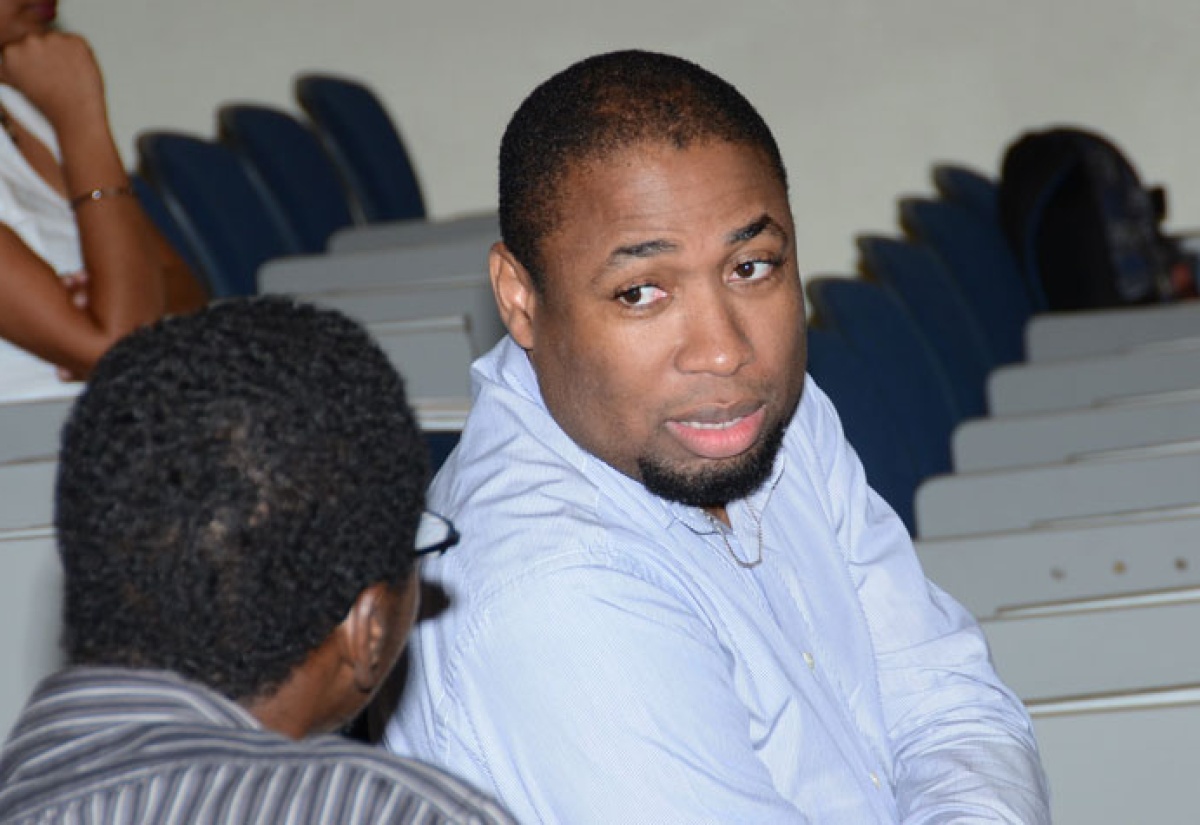Ministry Wants More Professionals to Use GIS
By: , November 18, 2013The Key Point:
The Facts
- Currently some 50 government entities and some private sector companies use the GIS technology in a number of areas.
- The National Spatial Data Management Division will be holding a series of forums across the country.
The Full Story
The Ministry of Water, Land, Environment and Climate Change, is increasing its public awareness effort to get more professionals to utilize the geographic information system (GIS) in their work.
“One of the things we want to do is increase the use of GIS throughout government and throughout the country, because we realize that it is a very important tool,” Principal Director of the National Spatial Data Management Division of the Ministry, Rohan Richards, told JIS News.
Mr. Richards noted that GIS is location-based and gives persons an opportunity to see exactly where things are, and these things can inter-relate in terms of their location.
Speaking to JIS News following a Technical Seminar at the University of the West Indies (UWI), Mona Campus, recently, he informed that currently some 50 government entities and some private sector companies use the GIS technology in a number of areas, ranging from land information management, motor resource management, environmental planning to emergency management, but this can be expanded.
“We want to utilize the technology to the greatest extent that we can, to ensure that the country moves toward its sustainable development goals,” he said.
Mr. Richards said that the National Spatial Data Management Division has been working with the Office of the Children’s Registry to see how utilsing the technology can help with enhancing the Ananda Alert Missing Children Recovery Programme, and wants to build on this platform to incorporate other areas of the social sector.
In furtherance of this, his Division will be holding a series of forums across the country to discuss with different sectors, the importance and benefits of using the GIS technology. One such forum was held with the insurance industry last week, while a second is scheduled to be held with the real estate sector, he explained.
Mr. Richards also informed that the Division has a Geo-Informatics lab that offers training at a highly subsidized rate and he is inviting members of the public to take advantage of this facility.
“We are working now with some of our tertiary level partners to get them to utilize the services we have to offer, to gain credit for the degree programmes they have to offer,” he said.
In the meantime, Lecturer and Geology Museum Creator, Department of Geography and Geology at the UWI, Dr. Sherene James-Williamson, also noted that it is important to train more GIS professionals to tackle the magnitude of work that needs to be done in the region.
She explained that GIS brings mapping to life and it is essential to produce GIS professionals who are able to do simulations and models, to help with planning, risk management and even economics. “It is very important for us to channel some of our energies into the training and professional development of our practitioners,” she noted.
Dr. James-Williamson pointed to the relevance of several of the topics presented in the seminars and how they can impact decision making.
Among the topics were: ‘GIS based rainfall-Runoff Modelling for Inundation Mapping of Port Maria, St. Mary’; ‘Description and Analysis of Potential Hazards in Selected Communities: A Strategy for Building Resilience Towards Disaster Risk Management in the Blue and John Crow Mountain National Park’; ‘A GIS Approach to Post Incident Analysis of the Jamaica Fire Brigade Emergency Operations in the Kingston and St. Andrew Division’; and ‘GIS, Simulation and the Management of Natural Hazards in Meadowbrook Estate’.
The seminar was held to highlight research being undertaken utilizing GIS technology. This was one of several activities held to commemorate Geography Awareness Week locally.
On Wednesday, November 20, the big GIS exposition will be held at the UWI, Mona Campus Assembly Hall, where thousands of students from across the island are expected to converge. Also on that date, the world will celebrate GIS Day.
Senior GIS Manager/Trainer, in the Ministry, Simone Lloyd, said observance of the week and GIS Day has increased awareness locally. She explained that it provides a forum for users of GIS technology to demonstrate real-world applications that are making a difference in society.
Ms. Lloyd explained that on GIS Day, “we showcase what is happening in the industry locally. So, all the various players in terms of government, public sector and private sector, who are actually involved in GIS and using it, come out to display what they are doing through booth activity.”
“We have various activities during the day that are GIS related and centred, so that the students can actually have hands on experience in GIS and to actually see what are the various career options for them,” she added.


